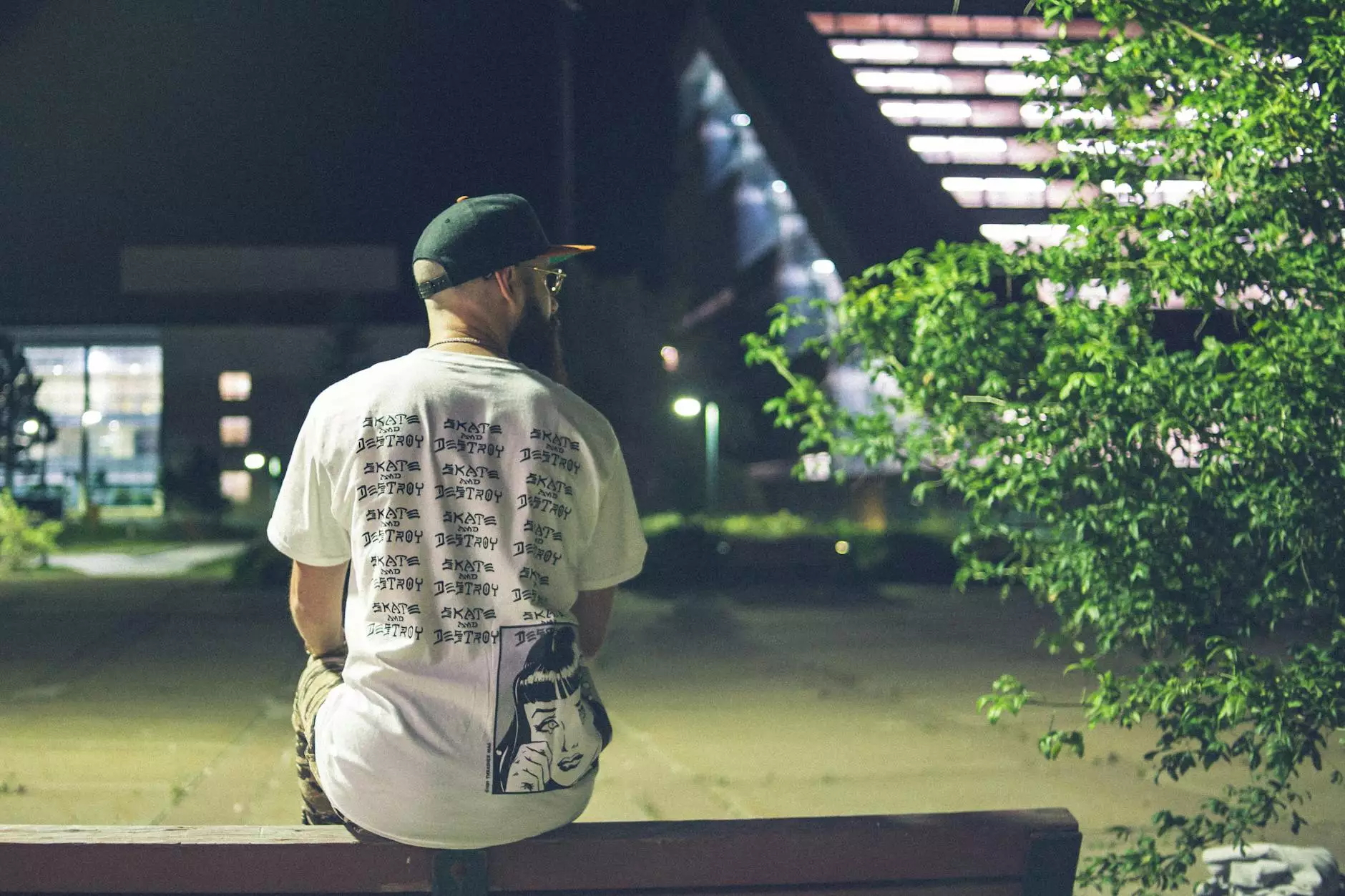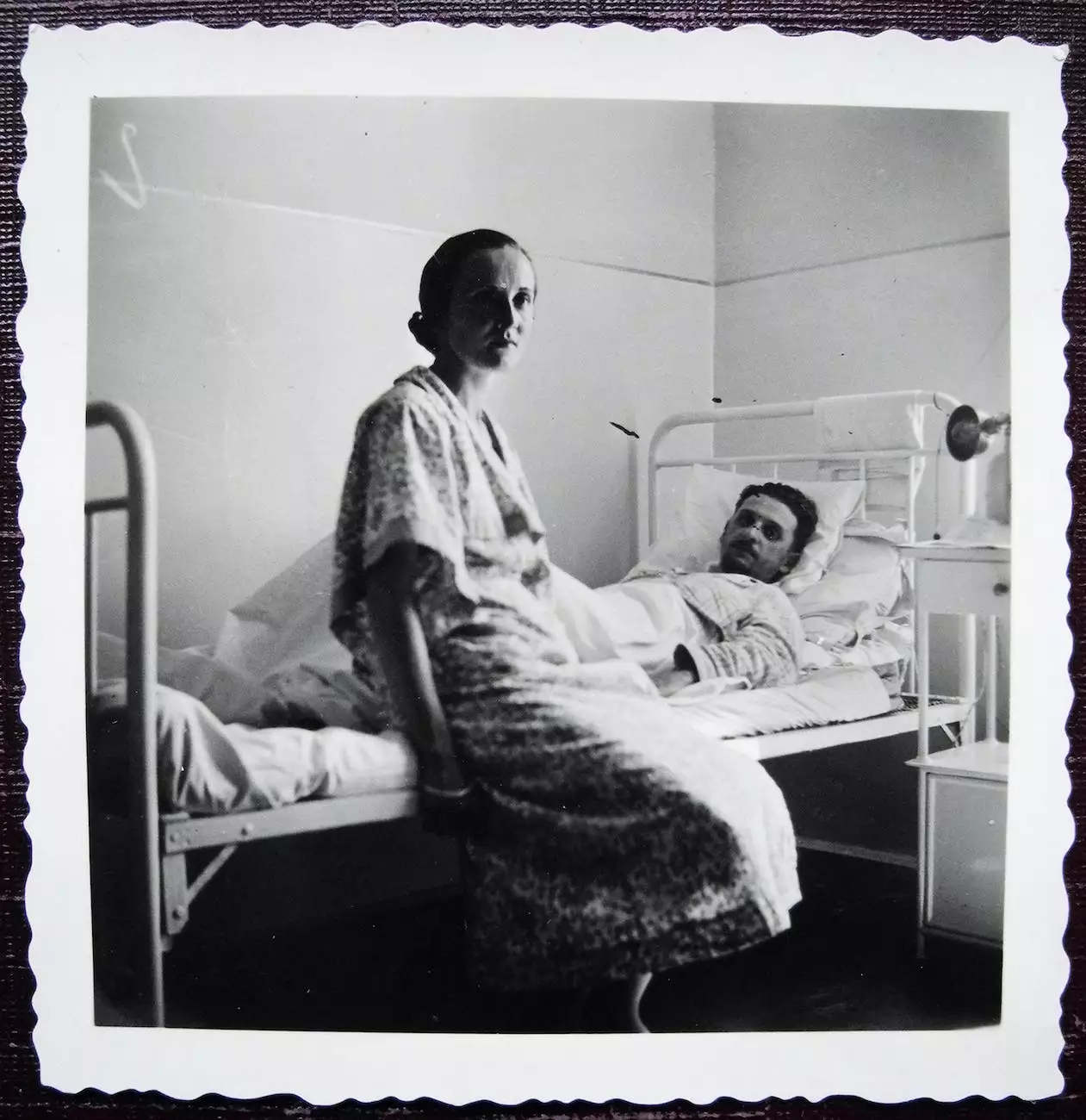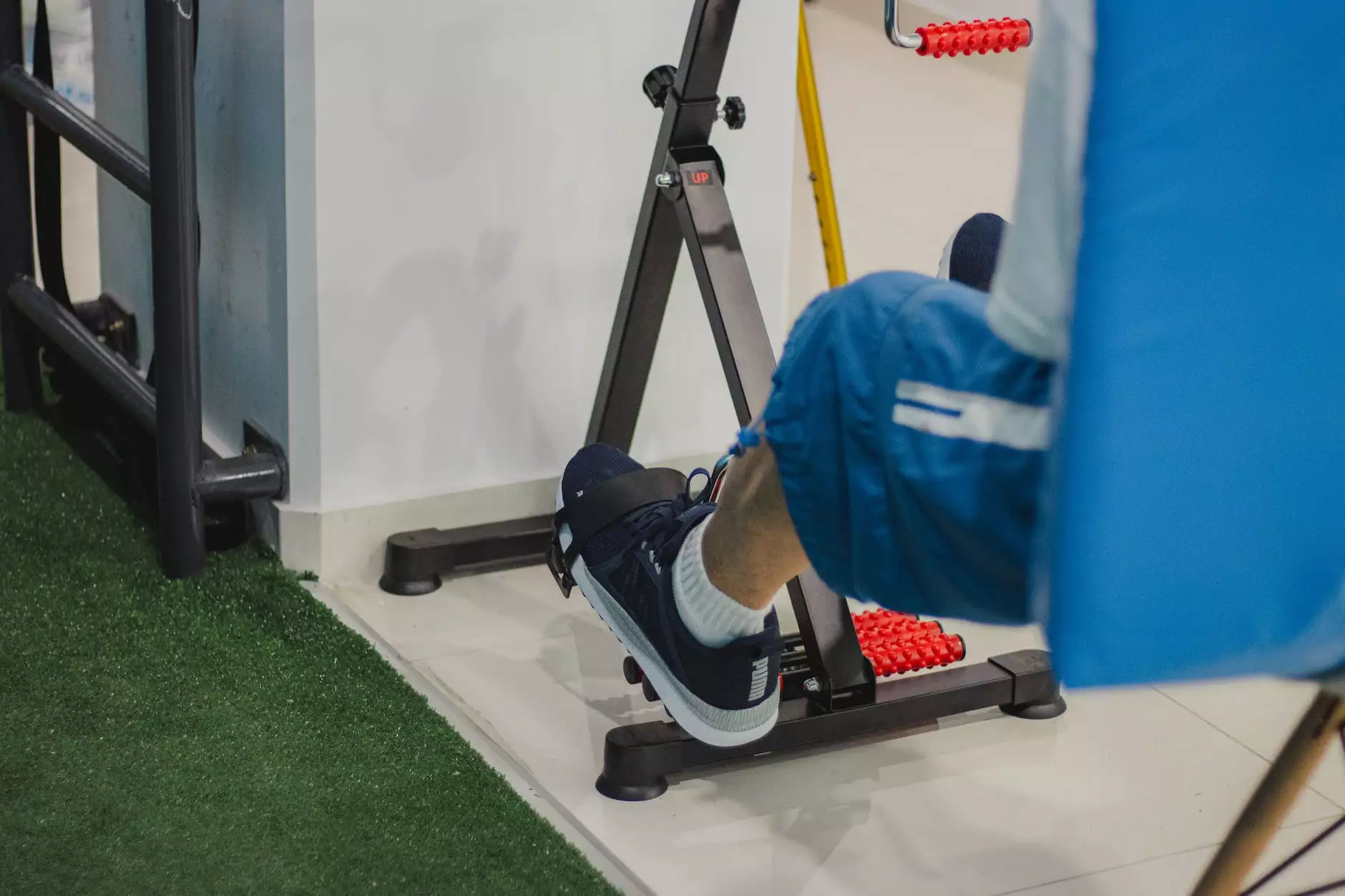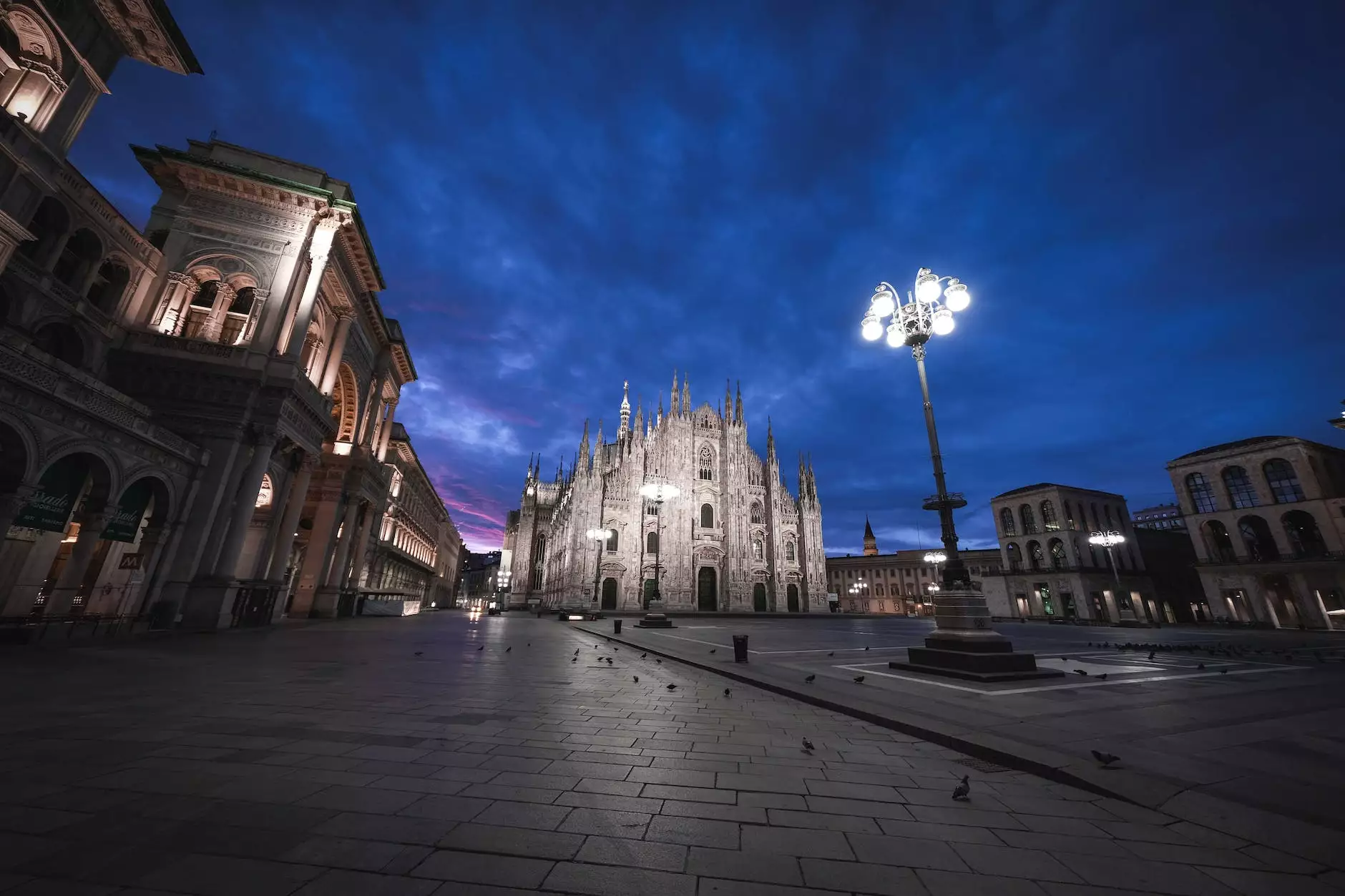Where in my Back do I Have Spinal Stenosis?
Blog
Understanding Spinal Stenosis
Spinal stenosis is a condition that occurs when the spaces within the spine narrow, putting pressure on the spinal cord and nerves, leading to various symptoms. It commonly affects older adults, and if you suspect you might have spinal stenosis, it's important to identify the exact location in your back where the condition is present.
Types of Spinal Stenosis and Their Locations
There are different types of spinal stenosis, each affecting specific areas of the spine. Understanding these types can help you better pinpoint the location of your spinal stenosis.
Lumbar Spinal Stenosis
Lumbar spinal stenosis occurs in the lower back, affecting the lumbar region of the spine. This type of stenosis often leads to symptoms such as lower back pain, numbness, tingling, and weakness in the legs or buttocks. If you experience these symptoms, it is likely that your spinal stenosis is located in the lumbar area.
Cervical Spinal Stenosis
Cervical spinal stenosis affects the neck region of the spine. It can cause symptoms such as neck pain, stiffness, and weakness in the arms, hands, or legs. If you commonly experience these symptoms, it is advisable to consult a healthcare professional to determine if cervical stenosis is the cause.
Thoracic Spinal Stenosis
Thoracic spinal stenosis is relatively rare compared to the other types and affects the middle segment of the spine known as the thoracic region. This condition can cause symptoms such as upper back pain, difficulty maintaining balance, and problems with bowel or bladder control.
Causes of Spinal Stenosis
Spinal stenosis can have various underlying causes. Some of the common factors contributing to spinal stenosis include:
- Bone overgrowth - Over time, the normal wear and tear on the spine can lead to the growth of bone spurs, causing narrowing of the spinal canal.
- Herniated discs - When the soft cushions in between your vertebrae slip out of place, they can push against the spinal cord or nerves, resulting in stenosis.
- Thickened ligaments - Ligaments that support the spine may become thickened over time, leading to narrowing of the spinal canal.
- Injuries - Traumatic injuries that result in fractures or dislocations of the spine can also cause spinal stenosis.
- Genetic factors - Some individuals may be more predisposed to developing spinal stenosis due to inherited conditions affecting the structure of the spine.
Managing Spinal Stenosis
If you suspect you have spinal stenosis, it is crucial to seek professional medical advice. A healthcare provider will be able to assess your symptoms, perform necessary diagnostic tests, and recommend appropriate treatment options based on the location and severity of your spinal stenosis.
At Regency Square Care Center, we specialize in providing top-quality geriatric and aging care. Our team of experienced healthcare professionals understands the complexities of spinal stenosis and its impact on older adults. Through personalized care plans, we aim to enhance our residents' quality of life and alleviate the symptoms associated with spinal stenosis.
Treatment Options for Spinal Stenosis
Depending on the severity of your spinal stenosis, treatment options may vary. Non-surgical approaches often include:
- Physical therapy - Stretching exercises, core strengthening, and low-impact aerobic conditioning can help improve symptoms and mobility.
- Medications - Anti-inflammatory drugs and pain relievers may be prescribed to manage pain and reduce inflammation in the affected area.
- Epidural steroid injections - These injections can provide temporary relief by reducing inflammation around the affected nerves.
In more severe cases, surgery may be recommended to alleviate compression on the spinal cord or nerves. Surgical procedures may involve removing bone spurs, widening the spinal canal, or fusing affected spinal segments to provide stability.
Preventing Spinal Stenosis
While it may not always be possible to prevent spinal stenosis, certain lifestyle modifications can reduce the risk or slow down its progression:
- Maintain a healthy weight - Excess weight can put additional stress on the spine, contributing to the development or worsening of spinal stenosis.
- Practice good posture - Keeping your spine properly aligned reduces unnecessary strain on the vertebrae and discs.
- Engage in regular exercise - Strengthening the core muscles and maintaining flexibility can help support the spine and reduce the likelihood of stenosis.
- Use proper lifting techniques - When lifting heavy objects, ensure you use your legs and not your back to minimize the risk of injury.
Conclusion
If you suspect you have spinal stenosis, understanding the location and causes can assist you in seeking appropriate care and treatment options. The dedicated team at Regency Square Care Center is here to provide expert geriatric and aging care. Contact us today to learn more about how our services can help alleviate the symptoms of spinal stenosis and enhance your overall well-being.









